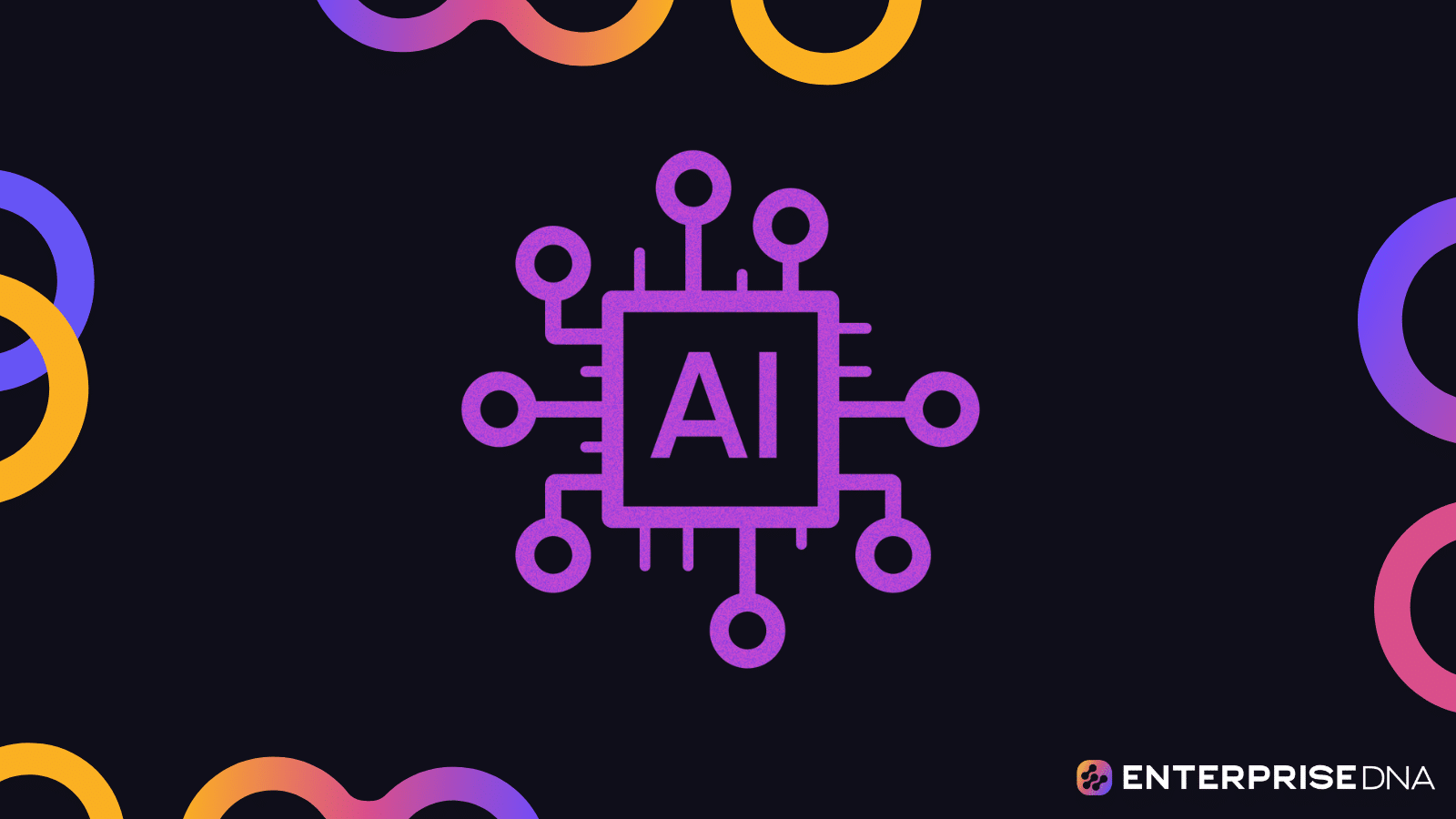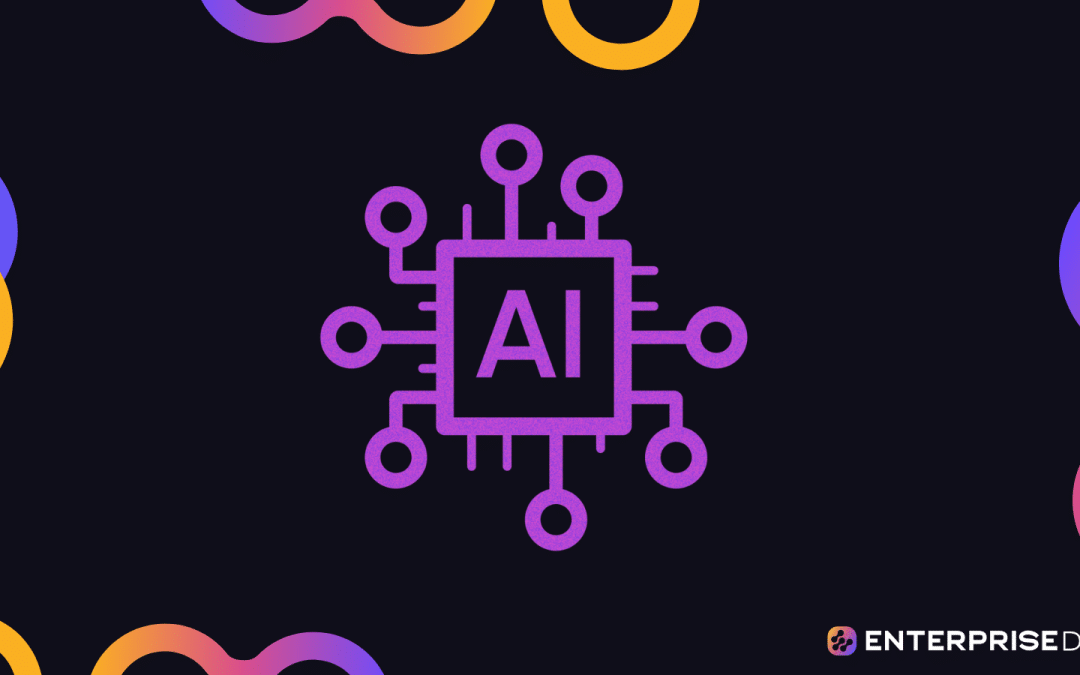Lesson 1: Introduction to Large Language Models
Welcome to the first lesson of “A Step-by-step Guide to Understanding and Working with Large Language Models (LLMs).” In this lesson, we will introduce the foundational concepts of Large Language Models, explore their applications, and understand why they've become pivotal in modern natural language processing (NLP).
What are Large Language Models?
Large Language Models (LLMs) are advanced artificial intelligence systems designed to understand and generate human-like text. They are trained on vast datasets containing diverse language patterns, allowing them to predict and create text contextually relevant to the input they receive.
Key Characteristics of LLMs:
- Scale: LLMs are trained on enormous datasets, often consisting of billions of words from various sources like books, articles, and websites.
- Depth: They utilize deep learning architectures, primarily neural networks, with many layers (hence “deep”).
- Versatility: LLMs can perform a wide array of tasks, including translation, summarization, question answering, and text generation.
How Do LLMs Work?
LLMs leverage a type of architecture called transformers. The transformer model processes entire sequences of text simultaneously rather than word by word, allowing it to capture long-range dependencies and contextual nuances in language.
Components of a Transformer:
- Encoder: Processes the input text and creates intermediate representations.
- Decoder: Uses the encoder's output to generate predictions or responses.
- Attention Mechanisms: Enable the model to focus on relevant parts of the input when making predictions.
Training Large Language Models
Training LLMs involves feeding them extensive datasets and using sophisticated algorithms to adjust the model's parameters. This process enables the model to learn from the data and improve its predictions over time.
Training Steps:
- Data Collection: Large and diverse datasets are gathered.
- Tokenization: Text data is broken down into smaller units called tokens.
- Model Initialization: A neural network model with random weights is initialized.
- Training: The model is trained using the dataset, where it learns to predict next words or sentences by minimizing errors.
- Fine-Tuning: The model is often fine-tuned on specific tasks to enhance its performance.
Applications of LLMs
LLMs have proved to be groundbreaking in various fields, including:
- Content Generation: LLMs can create articles, stories, and dialogue.
- Customer Support: Automation of customer service inquiries with chatbots.
- Translation Services: Providing accurate translations between languages.
- Medical Research: Assisting in the analysis of medical literature and generating insights.
- Code Assistance: Helping developers by generating code snippets and documentation.
Real-Life Example: Chatbots
Consider a customer service chatbot powered by an LLM. When a user asks a question about a product, the chatbot can understand the query contextually and provide a relevant response, enhancing customer satisfaction.
Challenges and Future Directions
Despite their impressive capabilities, LLMs face several challenges:
- Bias: LLMs can inherit biases present in the training data.
- Resource Intensity: Training and maintaining LLMs require significant computational power.
- Interpretability: It can be difficult to understand how and why LLMs make certain predictions.
Future Directions
- Ethics and Fairness: Designing models that are more equitable and less biased.
- Efficiency: Developing more efficient algorithms to reduce resource consumption.
- Explainability: Enhancing the interpretability of model decisions for better transparency.
Conclusion
Large Language Models represent a significant leap in the field of natural language processing, offering a multitude of applications across various industries. This lesson has provided an overview of what LLMs are, how they work, and their real-life implementations. Understanding these basics will lay the foundation for deeper exploration in subsequent lessons.
Stay tuned for the next lesson where we will dive into the details of transformer architecture, which is the backbone of LLMs, and further unravel its intricacies.
Lesson 2: Understanding the Architecture of LLMs
Welcome to the second lesson in our course, “A step-by-step guide to understanding and working with Large Language Models (LLMs).” In this lesson, we will delve into the internal architecture of LLMs to grasp how they function and why they are effective.
What is the Architecture of LLMs?
Large Language Models (LLMs) are sophisticated machine learning models designed to understand and generate human-like text. Their architecture is built upon several core components that work together to process and generate language.
Core Components of LLM Architecture
-
Tokenization:
- Definition: Tokenization is the process of converting text into smaller units called tokens. Tokens can be words, subwords, characters, or even byte sequences.
- Example: The phrase “Machine Learning” can be tokenized into [“Machine”, “Learning”] or even [“Mach”, “ine”, “Learn”, “ing”] in different tokenization schemes.
-
Embedding Layer:
- Function: Converts tokens into dense vectors of real numbers, capturing semantic information.
- Example: The word “king” might be converted to a vector like [0.1, 0.3, 0.4, …].
-
Positional Encoding:
- Purpose: In an LLM, it's crucial to understand the order of tokens. Positional encoding adds information about the position of each token in the sequence.
- Implementation: These encodings are often added to the embedding vectors to impart sequential information.
Positional Encoding Example:
Suppose the vector for "king" is [0.1, 0.3, 0.4, ...]
If "king" is the first word, the corresponding positional encoding might be [1.0, 0.0, 0.0, ...]
Combining both vectors: [1.1, 0.3, 0.4, ...]
-
Attention Mechanism:
- Self-Attention: Allows the model to weigh the importance of each token in relation to others in the sequence.
- Example: In the sentence “The cat sat on the mat,” the word “cat” might focus more on “sat” and less on “mat.”
-
Transformer Block:
- Components: Consists of multi-head self-attention mechanisms, feedforward neural networks, and normalization layers.
- Function: Transforms token embeddings through multiple layers to learn complex patterns.
-
Feedforward Neural Network:
- Role: Applies non-linear transformations to the output from the attention mechanism, enabling the model to capture intricate patterns.
-
Decoder (For Text Generation):
- Usage: In models like GPT, the decoder generates text by predicting the next token in a sequence.
- Mechanism: Uses previously generated tokens as input to predict the next one, iterating until a termination condition is met (e.g., end of sentence).
Real-Life Example
Let's look at how a model like GPT-3 generates a sentence. Suppose we want to generate a continuation for “Artificial Intelligence is”:
-
Tokenization:
- Input: “Artificial Intelligence is”
- Tokens: [“Artificial”, “Intelligence”, “is”]
-
Embedding Layer:
- Tokens are converted to vectors.
-
Positional Encoding:
- Positional information is added to vectors.
-
Transformer Blocks:
- These encoded vectors pass through multiple transformer layers, each layer applying self-attention and feedforward transformations.
-
Decoding:
- The model uses the token “is” to predict the next word “transforming” and continues this process sequentially.
Summary
Understanding the architecture of LLMs provides a foundation for working effectively with them. Core components like tokenization, embedding layers, positional encoding, attention mechanisms, and transformer blocks cooperate to produce models capable of understanding and generating human language.
In the next lesson, we will explore training and fine-tuning LLMs, delving deeper into how these architectural elements are leveraged during the learning process.
Lesson 3: Training and Fine-Tuning LLMs
Welcome to the third lesson of our course: A step-by-step guide to understanding and working with Large Language Models (LLMs). In this lesson, we will explore the concepts of training and fine-tuning large language models. This lesson will be thorough, providing insights into the processes, strategies, and considerations involved. Let's dive in!
Table of Contents
- Introduction to Training LLMs
- Training Data
- Training Process
- Fine-Tuning LLMs
- Real-life Applications and Examples
- Summary
1. Introduction to Training LLMs
Training an LLM involves creating models capable of understanding and generating human-like text. The training process is computationally intensive and happens in two major phases:
- Pre-training: Learning general language representations from a large dataset.
- Fine-tuning: Adapting the pre-trained model to specific tasks or domains.
2. Training Data
Quality and Quantity
Training LLMs requires vast amounts of high-quality text data. The diversity and scale of the data significantly affect the model's generalization ability. Common sources include web pages, books, articles, and academic papers.
Preprocessing
Before training, data needs to be cleaned and preprocessed. Steps include:
- Removing duplicates and irrelevant content.
- Tokenizing the text into manageable units (words, subwords, or characters).
- Converting text to lower case or maintaining case sensitivity based on use-case.
3. Training Process
Model Initialization
Training starts by initializing the model's parameters. These parameters are usually set randomly or based on previous models.
Training Loop
- Forward Pass: Input data is passed through the model to generate predictions.
- Loss Calculation: The difference between predictions and actual outcomes (target data) is computed using a loss function (e.g., cross-entropy loss).
- Backward Pass: The model's parameters are adjusted to minimize the loss using optimization algorithms (e.g., stochastic gradient descent, Adam).
This loop iterates over multiple epochs — complete passes through the training dataset.
Computational Resources
Training LLMs is resource-intensive, often requiring distributed computing setups with multiple GPUs or specialized hardware like TPUs.
4. Fine-Tuning LLMs
Purpose
Fine-tuning adapts a pre-trained general model to perform specific tasks, like sentiment analysis, translation, or custom user-generated content understanding. This process refines the model's knowledge, improving its performance in targeted applications.
Steps Involved
- Domain-specific Data Acquisition: Collect data relevant to the target application.
- Preprocessing: Process the data as done during pre-training, ensuring consistency.
- Loading Pre-Trained Model: Initialize the model with weights from the pre-trained model.
- Training: Train on the new dataset using a smaller learning rate to retain the generalized knowledge while adapting to new data.
- Evaluation: Assess model performance on a validation set to avoid overfitting.
5. Real-life Applications and Examples
Chatbots and Virtual Assistants
Fine-tuned LLMs power virtual assistants like Alexa, Siri, and Google Assistant, offering intuitive and responsive user interactions.
Content Generation
Platforms like OpenAI's GPT-3 can generate human-like text for copywriting, storytelling, and more, showcasing the fine-tuning of LLMs for specific content genres.
Sentiment Analysis
Businesses deploy fine-tuned LLMs to analyze customer feedback, reviews, and social media comments, extracting insights to improve products and services.
6. Summary
In this lesson, we delved into the processes of training and fine-tuning large language models. We understood the importance of the training data, the main steps involved in training, and the specificities of fine-tuning to tailor models for particular tasks. By combining robust training procedures and strategic fine-tuning, LLMs can be molded to deliver exceptional performance across a myriad of applications.
In our next lesson, we will discuss practical techniques for evaluating and improving LLMs. Stay tuned!
A Step-by-Step Guide to Understanding and Working with Large Language Models (LLMs)
Lesson 4: Practical Applications and Use Cases
Introduction
Large Language Models (LLMs) such as GPT-3, BERT, and others have revolutionized the way natural language processing (NLP) applications are developed and deployed. This lesson will delve into the practical applications and diverse use cases of LLMs, highlighting their versatility across various domains. By understanding these applications, you can exploit the full potential of LLMs to solve real-world problems.
Natural Language Understanding (NLU)
LLMs excel in understanding and interpreting text, making them highly effective at tasks involving natural language understanding.
Sentiment Analysis
LLMs can analyze a piece of text and determine the sentiment expressed. This is commonly used in social media monitoring, customer feedback analysis, and market research.
Example:
- Analyzing customer reviews to determine overall satisfaction with a product.
- Monitoring tweets to gauge public sentiment during an election campaign.
Named Entity Recognition (NER)
LLMs can identify and classify entities (e.g., people, organizations, locations) within a text.
Example:
- Extracting mentions of companies and key personnel in financial reports.
- Identifying locations and events from news articles.
Natural Language Generation (NLG)
LLMs are also proficient in generating human-like text, which is employed in various creative and functional applications.
Text Summarization
LLMs can condense lengthy documents into concise summaries, preserving the main ideas and key points.
Example:
- Summarizing research papers to provide quick overviews.
- Generating executive summaries from long business reports.
Question Answering
LLMs can provide accurate answers to user queries based on a given context or document.
Example:
- Creating intelligent virtual assistants for customer service.
- Developing educational tools that answer students' questions about study material.
Conversational Agents and Chatbots
LLMs are the backbone of modern chatbots and conversational agents capable of human-like interactions.
Customer Support
LLM-powered chatbots can handle a wide range of customer inquiries, providing instant assistance and improving user satisfaction.
Example:
- Automating common customer service tasks like order tracking and FAQs.
- Personalizing user experiences on e-commerce platforms.
Virtual Companions
Beyond customer support, LLMs facilitate creating virtual companions for educational purposes, mental health support, and entertainment.
Example:
- Developing educational chatbots that tutor students in specific subjects.
- Creating virtual mental health counselors that provide emotional support.
Language Translation
LLMs can translate text from one language to another, aiding in communication across language barriers.
Real-Time Translation
Real-time, context-aware translation enhances communication in multilingual environments.
Example:
- Implementing translation features in messaging apps to facilitate global conversations.
- Supporting real-time multilingual communication in international business meetings.
Content Creation
LLMs can generate original content, offering valuable assistance in creative fields.
Article and Blog Writing
LLMs can draft articles and blog posts, serving as writing aids or even automating content generation.
Example:
- Assisting journalists by drafting news stories based on provided notes.
- Writing product descriptions for e-commerce platforms.
Creative Writing
LLMs can be used to generate stories, poems, and other forms of creative writing, augmenting the creative process.
Example:
- Assisting authors in brainstorming plot ideas or character backgrounds.
- Generating custom bedtime stories for children.
Code Assistance
LLMs can assist in coding by generating code snippets, refactoring existing code, or providing explanations for code segments.
Example:
- Automating boilerplate code generation in software development.
- Assisting developers in debugging by providing context-aware suggestions.
Implications in Medicine
LLMs offer promising applications in the medical field, enhancing both clinical and administrative tasks.
Medical Records Summarization
LLMs can condense detailed patient records into succinct summaries for easier reference by healthcare professionals.
Example:
- Creating concise patient histories from extensive medical records.
- Summarizing clinical trial results for quick insights.
Decision Support Systems
LLMs can provide decision support by interpreting vast amounts of medical literature and suggesting potential diagnoses or treatments.
Example:
- Assisting doctors with treatment options based on current medical research.
- Identifying patterns in patient data to support diagnostic decisions.
Conclusion
The practical applications and use cases for LLMs are extensive and diverse, spanning from everyday tasks to highly specialized professional activities. By harnessing the power of LLMs, organizations and individuals can streamline operations, enhance decision-making, and generate creative solutions across numerous domains.
Understanding these applications equips you with the knowledge to implement LLMs effectively, ensuring you can tackle complex problems with innovative NLP solutions. In the next lessons, we will explore the ethical considerations and limitations of LLMs, and how to deploy these models in real-world scenarios responsibly.











